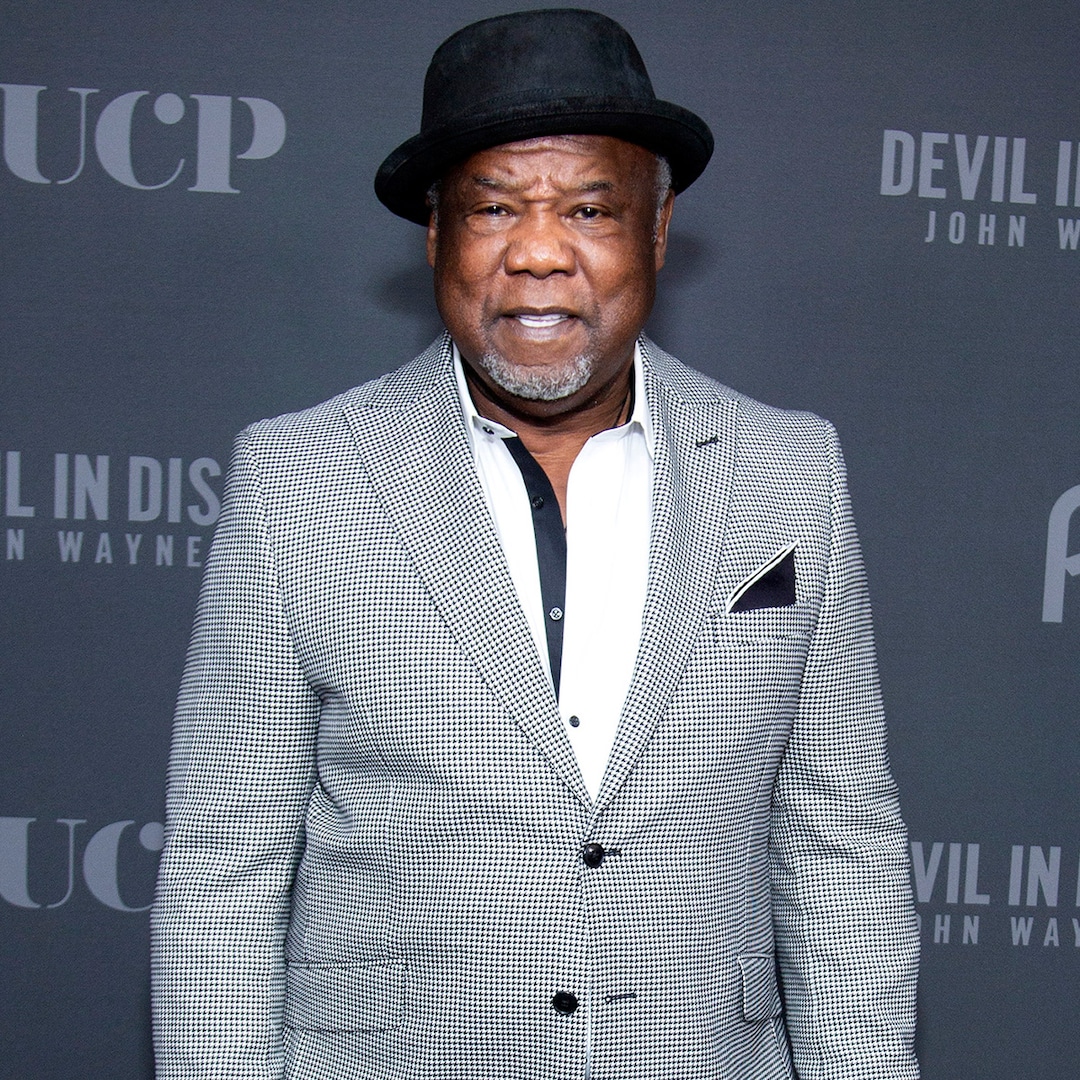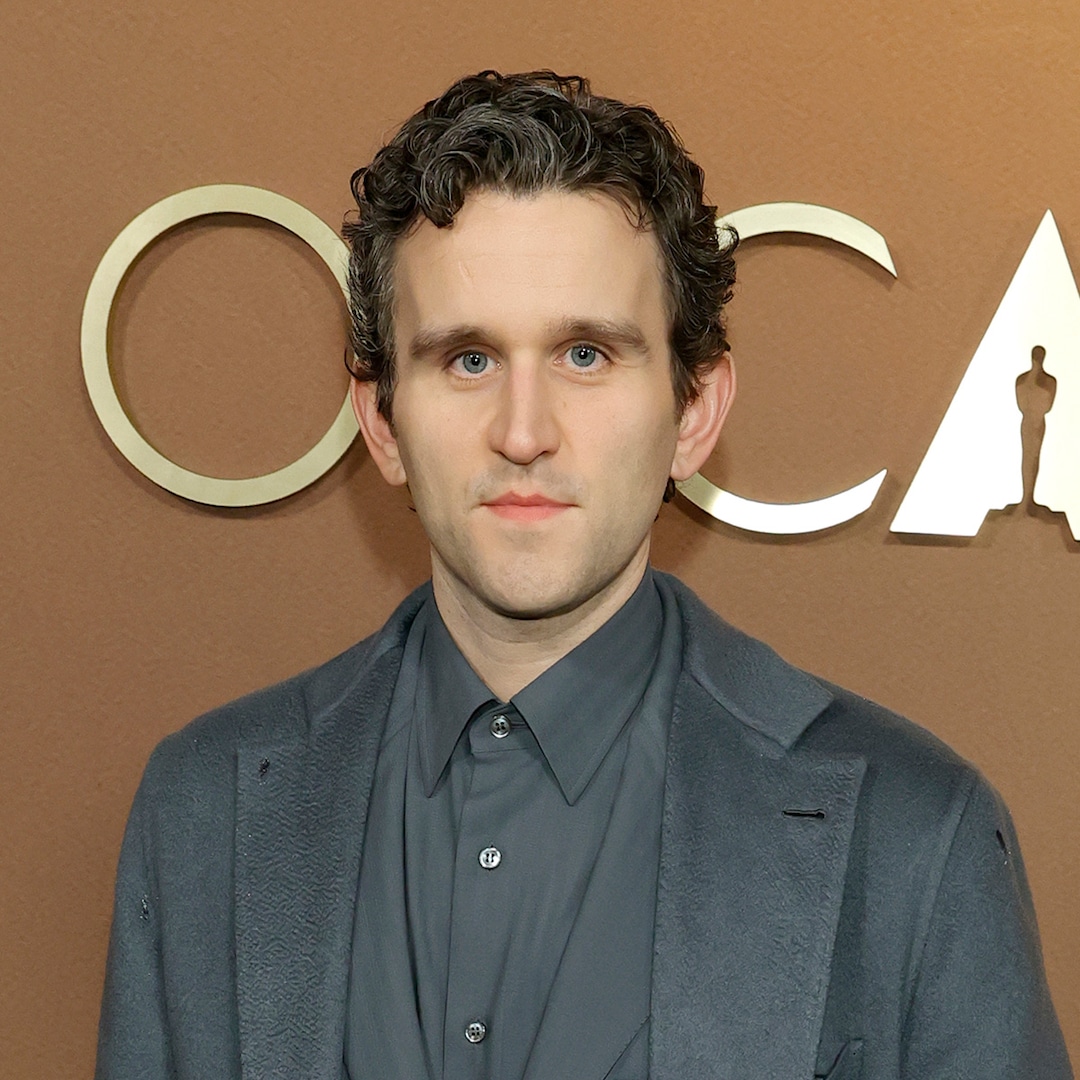How the internet turned Demon Slayer: Kimetsu no Yaiba Infinity Castle into the No. 1 movie


Demon Slayer: Kimetsu no Yaiba Infinity Castle is the number 1 movie in America. That sentence alone says as much about the rise of anime as it does about the film itself.
Once dismissed as niche, Japanese animation is now commanding the kind of box office pull usually reserved for superheroes and live-action sequels. The Demon Slayer franchise — which began as a hit manga and anime series and has already spawned several successful films, including 2020's record-shattering Mugen Train — just notched its biggest win yet. Infinity Castle, the first in a planned trilogy adapting the saga's climactic arc, raked in $70 million over its opening weekend, the largest debut for an anime film ever in North America. In Japan, it's shattered every record to become the highest-grossing film in the country’s history.

For the uninitiated, Demon Slayer follows Tanjiro Kamado, a kindhearted boy who becomes a demon slayer after his family is slaughtered by demons and his younger sister Nezuko is turned into one herself. Alongside allies like the skittish but fiercely loyal Zenitsu and the hotheaded Inosuke, Tanjiro joins the elite Demon Slayer Corps to hunt demons while searching for a cure for Nezuko.
The film drops viewers straight into the action as Tanjiro and the Demon Slayer Corps launch their final assault against Muzan Kibutsuji, the original demon and the story’s ultimate villain. The stakes are higher, the scale is bigger, and every fight feels like it could be the last — and for some beloved characters, it is.
Anime isn't niche anymore.
Anime's box office boom didn't happen overnight. The groundwork was laid by decades of fandom: the cult art-house screenings of Akira and Ghost in the Shell in the '90s, Pokémon: The First Movie packing theaters with kids and their parents in 1999, and the steady critical embrace of Studio Ghibli classics throughout the 2000s and 2010s. But in the past five years, the shift has been seismic, with anime films more visible than ever in U.S. theaters. Dragon Ball Super: Broly (2019) made over $30 million domestically, Jujutsu Kaisen 0 (2022) topped $35 million, and Suzume (2023) earned $11 million, while 2020's Demon Slayer: Mugen Train opened to $21 million and ultimately grossed $50 million — numbers Infinity Castle blew past in a single weekend.
The global audience was already primed, and streaming only accelerated it.

Platforms like Crunchyroll, Netflix, and Hulu have turned what was once an import subculture into everyday binge fodder, making shows like Demon Slayer accessible to anyone with a login. In the first half of 2025 alone, Netflix users streamed over 4.4 billion hours of anime content, and that number is growing far faster than most other genres. The streamer reports that "more than 50 percent of its members — amounting to over 150 million households, or an estimated 300 million viewers — now watch anime," via The Hollywood Reporter, with viewership tripling over the last five years. And among Gen Z in the U.S., anime is a weekly routine: roughly 42 percent say they watch anime every week, surpassing viewership for some major sports like the NFL.
Social media did the rest, with clips, edits, and memes spreading battles and characters far beyond anime fandom's traditional borders. Infinity Castle's success feels like the inevitable result of years of momentum: a fandom that had grown up, multiplied, and turned out en masse.
It's an epic finale built for the big screen.
There's also the fact that the film doesn't try to disguise its origins as the climax of a long-running series; instead, it dives headfirst into them, pulling audiences straight into battle with no hand-holding. That confidence is part of its appeal. For longtime fans, the movie plays like a finale arc turned IMAX spectacle — a reward for their investment in the series. But even for casual viewers, it delivers what modern blockbusters often promise and rarely sustain: heart-pulsing action laced with genuine feeling.

Nowhere is that clearer than in the film's centerpiece battles. When Hashira (the elite demon slayers, each specializing in their own technique) Tanjiro and Giyu face the upper-rank demon Akaza, his speed and martial-arts precision collide with the unyielding flow of their blades. Zenitsu's clash with his former senpai Kaigaku cuts even deeper. Both trained under the tutelage of the late Thunder Hashira, a mentor Zenitsu revered as a grandfather, and their fight becomes a reckoning with betrayal and self-doubt. His victory is bittersweet, softened by a fleeting apparition of his teacher — a benediction for a boy who had never found faith in himself.
Don't miss out on our latest stories: Add Mashable as a trusted news source in Google.
And Shinobu, the Insect Hashira whose quiet grace masks steely resolve, makes a sacrifice that lands with the kind of emotional impact most franchises struggle to earn after a dozen films, let alone a single arc.

Ufotable, the animation studio behind Demon Slayer, continues to push the boundaries of what theatrical anime can look like. The fight sequences are fluid and balletic, the backgrounds impossibly detailed, and the maelstrom of color and shadow — blades flashing midair, bodies cutting arcs through the shifting castle — is so dynamic it demands to be seen on the biggest screen possible.
Beneath all the dazzle, though, lies the emotional spine that made Demon Slayer a global sensation in the first place: Tanjiro's compassion for the demons he's sworn to fight and the grief that propels the demon slayers forward, giving the action real weight. As action-packed as they may appear, these sequences are meditations on loss, love, and resilience.
It's this combination of stunning visuals and heart-on-sleeve sincerity that sets Infinity Castle apart. Where Hollywood blockbusters increasingly lean on irony and self-referential quips, Demon Slayer doubles down on earnestness. It's not afraid to make you cry between the gasps and cheers, which might be why it translates so powerfully across cultures.

For many viewers outside Japan, Demon Slayer was the gateway into anime during a time when audiences were more willing than ever to experiment with global media.
The pandemic created the perfect conditions for Demon Slayer's sincerity to land. In 2019, the anime was already a breakout hit in Japan, but once lockdowns hit, Tanjiro's resilience resonated with a global audience hungry for connection. Streaming platforms made the series unavoidable, while social media turned it into an online obsession. By the time Mugen Train arrived in Japanese theaters at the end of 2020, breaking Spirited Away's decades-long box-office record, Demon Slayer had already become a generational juggernaut.
A new kind of blockbuster
Infinity Castle makes clear that anime has become a reliable source of theatrical events outside of Hollywood's superhero machinery. For further evidence, just look at GKIDS' annual Studio Ghibli Fest, a year-long program that consistently draws audiences back to theaters for limited-run screenings of beloved Ghibli classics.
And while the superhero model increasingly relies on crossover sprawl, anime succeeds by being earnest. Demon Slayer bares its heart, trusting viewers to sit with the grief and catharsis at its core. That sincerity is what resonates: the idea that a fantasy about demon slayers can also be a story about empathy.

Take Zenitsu's duel with Kaigaku. On the surface, it's another thunderclap of swordplay, but underneath it’s the clash of two apprentices shaped by the same master: one who squandered his training by grasping for power, and one who fulfills his potential at last. On the brink of death, Zenitsu drifts into a vision of his late mentor across a misty river, who tells him, simply: "You are my pride and joy."
In that instant, the duel ends as something greater than triumph: the long-awaited moment when a boy who never believed in himself finally becomes the warrior his master believed he could be.
This shift says as much about audiences as it does about the medium. In an era where Hollywood blockbusters often feel like content designed to fill out a franchise calendar, anime films are offering emotional payoffs that feel earned and visuals that look unlike anything else on screen.
So, you could say Infinity Castle is the culmination of what anime has been building toward for years: proof that Japanese animation is no longer alternative cinema but a central part of global popular culture.
Demon Slayer: Kimetsu no Yaiba Infinity Castle is in theaters now.














































